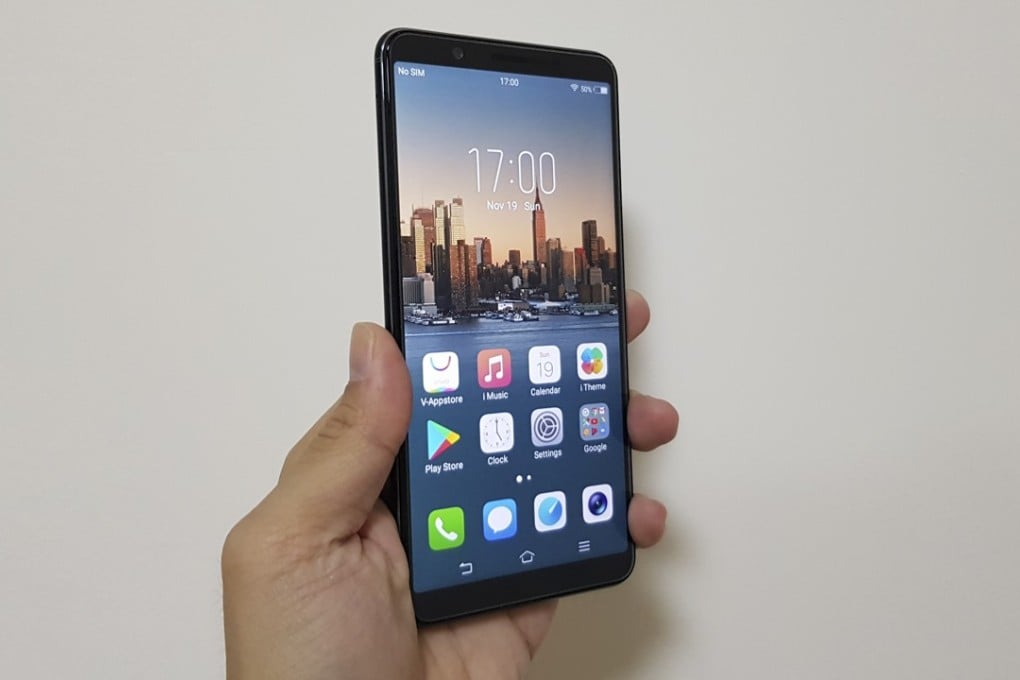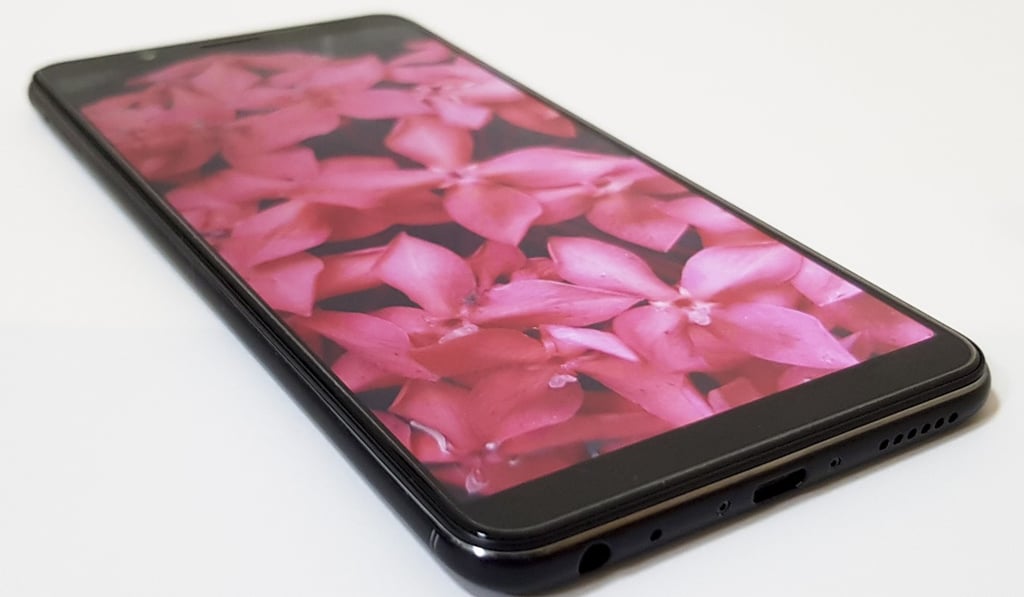Vivo V7+ smartphone review – amazing selfie camera, but everything else is average
The 24-megapixel selfie camera is impressive, but with its underpowered chip set, Wi-fi limitation and unimpressive screen resolution, this mid-tier phone is unlikely to be snapped up as a bargain

Vivo, whose parent company BBK Electronics also owns popular Chinese mobile phone brands Oppo and OnePlus, was a China-only brand until recently. In the past year it has begun expanding its market to include Southeast Asia, and last month, Hong Kong. While the Vivo V7+ reviewed here isn’t the exact phone coming to Hong Kong, it is very similar, with identical physical design and software.
Chinese brand Vivo sets sights on exports as domestic smartphone sales growth slows
Design and hardware
In a year when every phone maker went with dual cameras and a glass back, the Vivo V7+ almost feels like a classic: its metal unibody phone has a very iPhone 7-esque body and a single rear camera. Wisely, Vivo adopted the longer, narrower 18:9 display aspect ratio pioneered by LG, and with slim top and bottom bezels, the handset looks mostly modern to the untrained eye.
There are, however, subtle design compromises that make this more a mid-tier product than a flagship. Its 5.99-inch LCD panel is completely flat, resulting in slightly rough edges on all four sides where the display meets the frame.

The only stand-out hardware of this phone is its incredibly large 24-megapixel selfie camera with an accompanying LED flash. Vivo, of course, is marketing this as the “ultimate selfie phone”.
